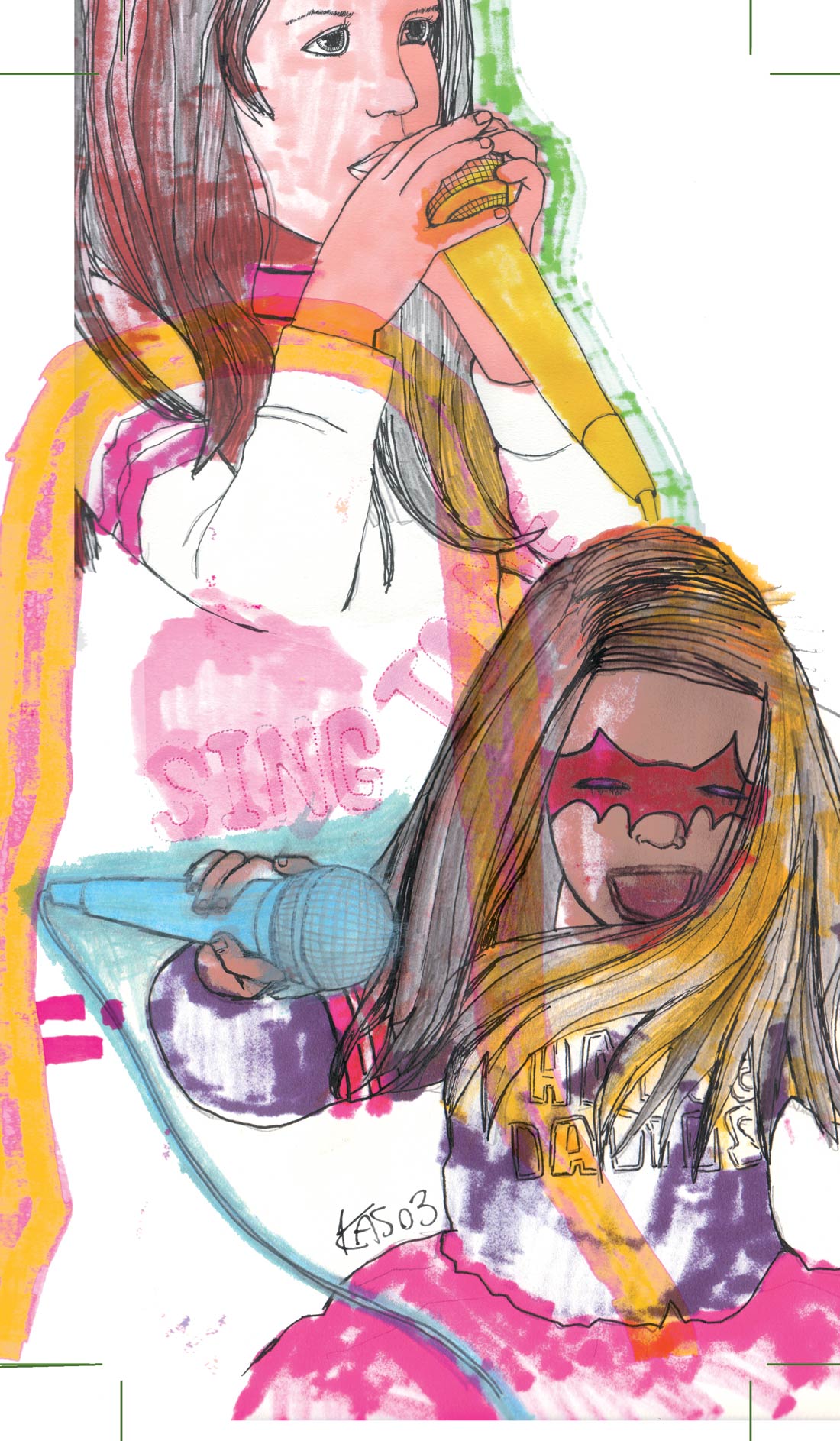Focusrite's take on the 8-channel mic preamp, the Platinum Series OctoPre, has everything one would expect in an outboard mic preamp, including good sonic performance, a clean user interface, and a slew of features. Focusrite has added a dynamics section and line inputs to the mix, as well as optional A/D conversion (at sample rates up to 96 kHz) to a well- rounded, solidly built box at a very attractive price.
All channels feature a class-A mic preamp, line-level input, switchable phantom power, and hi-pass filter. Channels one and two add 1/4" inputs and switches to select those inputs and polarity reverse switches. Eight rear-panel XLR connectors of the non-locking variety feed the preamp section. All line inputs are on a single DB-25 connector, operate at +4 dBu, and are selected on a per-channel basis by front-panel switches with integral indicator LEDs. Analog line outputs are also on a DB-25. The front-panel gain knobs are clearly labeled from 0-60 dB, which is great for mic use. However, when using the line input, the 12 o'clock knob position (about 37.5 dB on the knob scale) is unity. I found the preamps to sound quite good, not overly clinical, and without a distinctive "sound," which I think is ideal for this type of product. The OctoPre had neither the attitude of my UA 2610 nor the clarity of my Benchmark preamps, but it sounded really, really good-especially considering the price you pay to get eight of them. The line inputs sounded good, too.
Each channel has a cleverly designed, single-knob dynamics section as well, which incorporates both a brickwall limiter (at +20 dBu) and a variable compressor. The dynamics section is bypassed when the dynamics control is fully counter-clockwise at a detent. Once the knob has clicked past the detent, the limiter is in, and the compressor is active. Increased clockwise motion of the dynamics knob increases both the threshold and the ratio of the compressor. I was less impressed with the dynamics section than I was with the preamps. The limiter has a relatively slow release, making it pretty obvious on busier material; and with little finesse control on the compressor, I found that I would rather use an outboard unit when I needed compression. For occasional peak control, the limiter will work fine, but I didn't particularly find the compressor appealing, and preferred to leave the dynamics section out of the signal path altogether.
On the digital side, two front-panel switches control the operation of an optional A/D converter board. Two boards are available: one with litepipe only and one with a combination of lightpipe, AES/EBU and S/PDIF outs. Word-length and sample-rate are chosen from the front panel (with 16, 20 and 24-bit conversion at 44.1, 48, 88.2 and 96 kHz). A rear-panel switch and BNC jack allow external clocking. At lower sample-rates, the two optical outputs carry the same data. At higher rates, each carries four channels. With the AES/EBU and S/PDIF output option, data is provided on a 9-pin connector. The converters sound very good, not as transparent (or bright) as those in my MOTU 1296, but certainly on par with the converters in my Radar II.
The manual is informative but lacks a block diagram and is written for the absolute novice. A few extra technical details never hurt, folks! That having been said, I'm amazed at both the sonic and build quality being offered at this price point. The OctoPre with converters is the obvious choice for anyone with a digital recorder or console with litepipe inputs who needs more mic and/or line inputs. It's simple, it sounds good, and it's priced right. ($1,169 MSRP, $250-$350 for optional A/D boards; www.focusrite.com)




_disp_horizontal_bw.jpg)